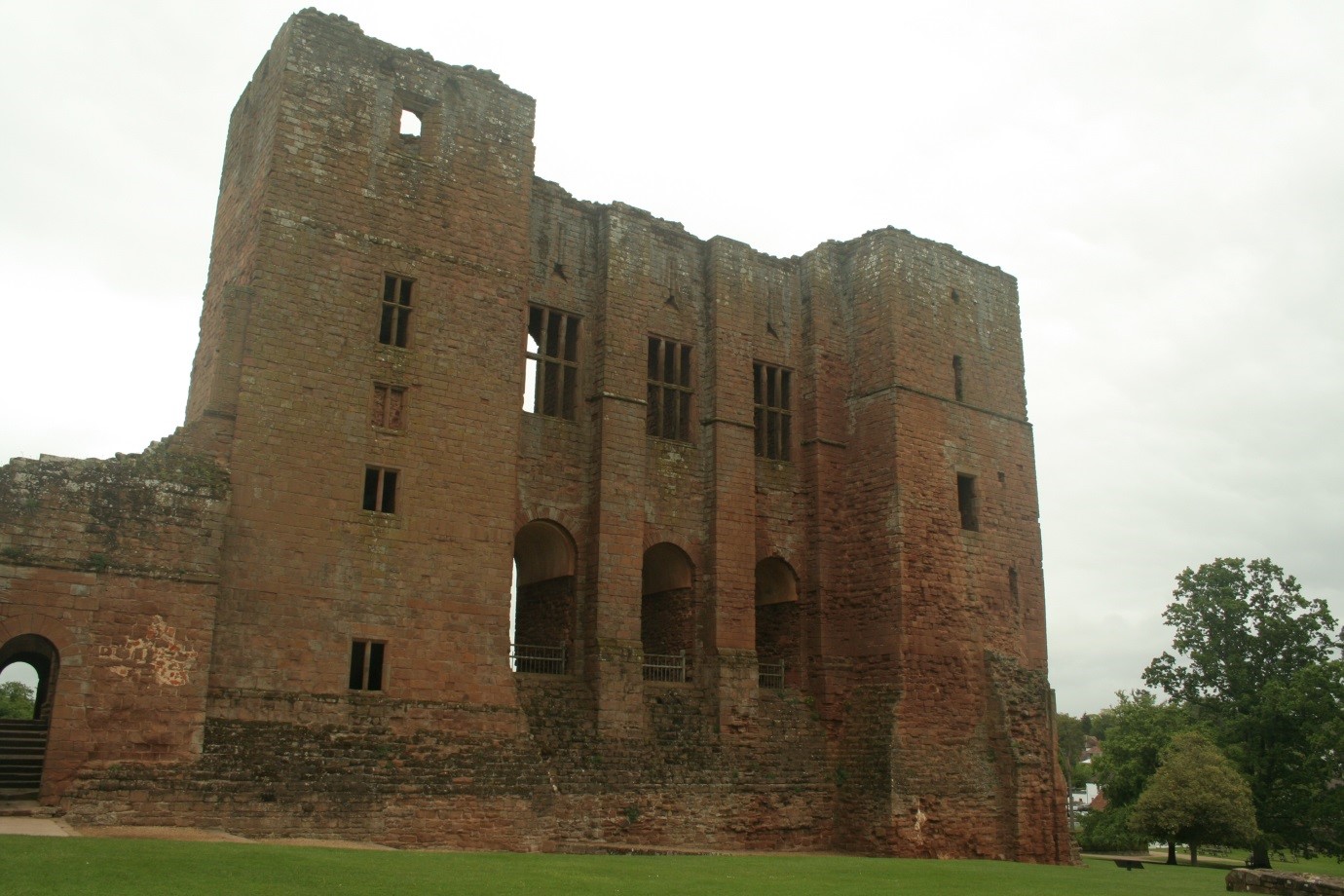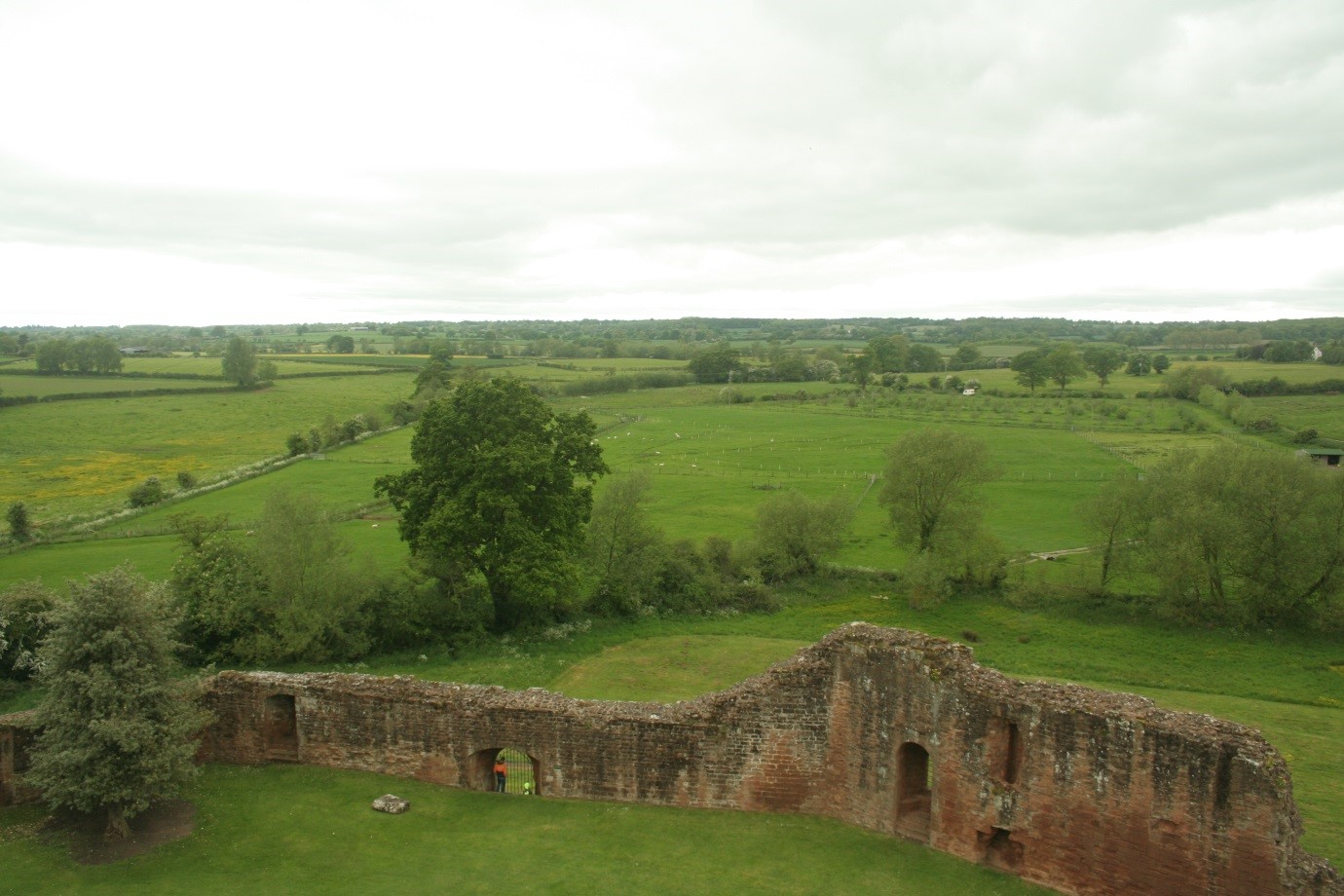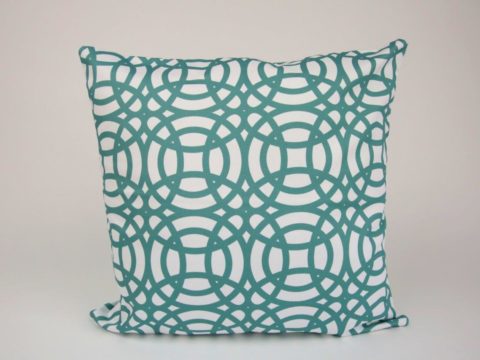Kenilworth Castle
Norman Keep to Elizabethan Pleasure Palace
Chapter 3 : Towers and Trebuchets (1120-1266)
The lands around Kenilworth, and a licence to build a castle, were granted in the 1120s to Geoffrey de Clinton, who was Chamberlain and Treasurer to Henry I. De Clinton’s original building was probably of wood, but he may also have been responsible for the great sandstone Norman Keep.

De Clinton also founded nearby Kenilworth Priory (later an Abbey), which was an Augustinian house. Geoffrey de Clinton was succeeded by his son, another Geoffrey, who married the daughter of the other major landowner in the district, Roger, Earl of Warwick.
Despite remaining loyal to Henry II during the rebellion of his sons, Henry the Young King, and Richard (later Richard I), the de Clintons lost their castle. It was of such strategic importance that the King decided it should be under his direct control. Henry II and his successor, King John, spent a good deal of money on improving the Castle. King John, in particular, saw it as a major asset during the period 1210-1215 when he was trying to re-establish his authority after having surrendered his kingdom to the Pope. John spent the eye-watering sum of £1,100 on defences during this period, including the surrounding wall

The Castle was not just defensive, however – there are records of a Queen’s Chamber, from the time of Eleanor of Provence, wife of John’s son, Henry III.
The Castle passed out of royal hands when Henry III granted it to his sister’s husband, Simon de Montfort, who was also given the title of Earl of Leicester. De Montfort strengthened the Castle still further, introducing the latest military equipment.
Henry III, although not so personally repellent as King John, had an equally poor relationship with his barons, and de Montfort led the revolt against him, known as the Barons’ War, which led, indirectly to the first Parliament in England. After initial victories, the Barons were defeated by Prince Edward, and de Montfort killed at the Battle of Evesham on 4th August 1256. His remaining supporters fled to Kenilworth, where they were besieged for over a year, in the longest siege that ever took place on English soil.
De Montfort’s modern defences had included trebuchets – large, rock throwing contraptions that kept the besiegers at bay. In due course, however, the King sent for bigger and better trebuchets that could fling rocks of some 300lbs over 350 yards, with which the royal forces managed to destroy one of the inner buildings. Nevertheless, the Castle held out – the surrounding mere making it difficult to undermine.
Eventually, a compromise was reached, and the garrison surrendered on 14th December 1266.



